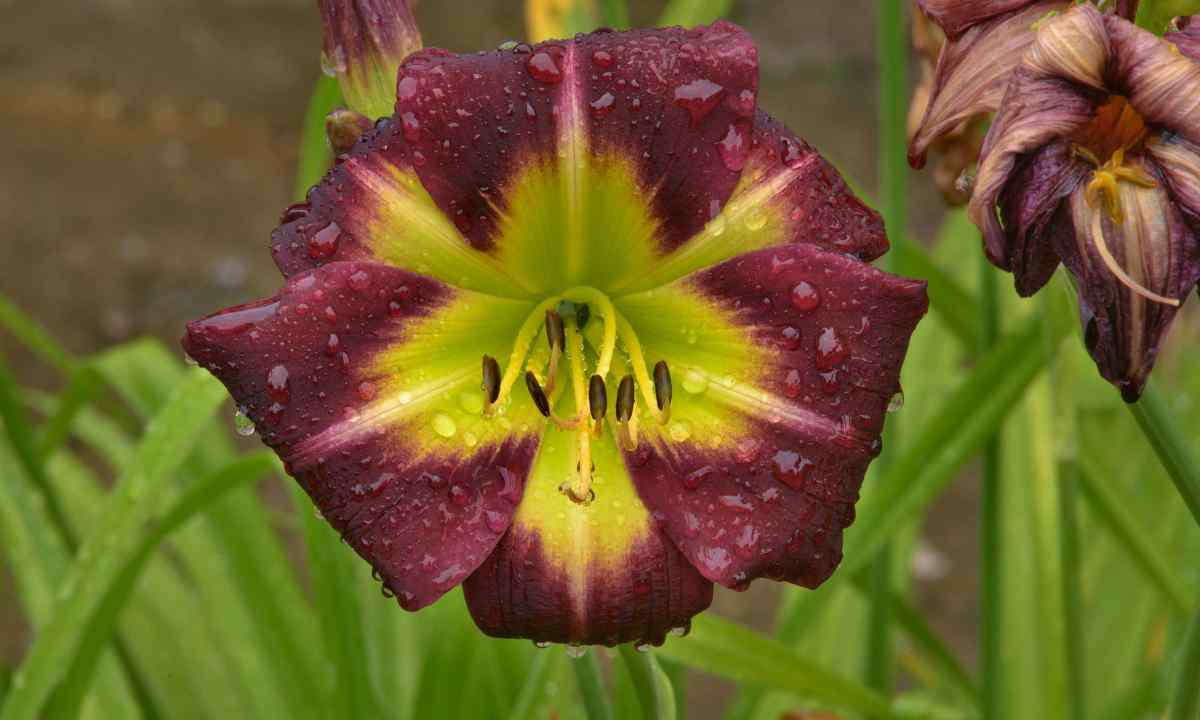The daylily is not really whimsical, it can raise and blossom practically in any garden. But the plant which is correctly planted in optimal conditions will look it much better.
Instruction
1. Both ways are acceptable for reproduction of this flower: both seeds, and vegetation. However seeds on plant grow ripe extremely seldom. Vegetative method is most often used. Fully expanded bush is divided into parts and transplanted. It will be better if it happens to plant at the age of 5-6 years. By the way, the daylily begins to blossom on 2-3 year of life. The dug-out bush can be stored several weeks out of the soil therefore it is possible to trust transfer of these plants by mail.
2. Before planting new plant, it should be wetted for couple of hours in any growth factor. After that the died-off roots will become noticeable – they should be removed. It will stimulate growth of new. Leaves should be cut before landing up to 15 centimeters too.
3. Selecting bed for daylily, it should be taken into account quantity of sunlight. The grades having pale coloring gentle-pink or gentle-yellow, for example, it is better to lodge on the bed lit by the sun for all day. All grades of bright saturated colors, red, purple, it is better to put in shadow or at least in partial shadow.
4. To the soil the daylily is not especially exacting, and still, before planting of plant it should be added humus of leaves, sand, peat to the heavy soil. Too easy it should be added with compost and clay that in it moisture was late.
5. Having picked up the soil and the place for landing, it is necessary to prepare hole. It is worth digging out pole rather deep, not less than 30 centimeters. The hill mix torfo-humous or potassium-phosphorus pours out inside. Further on this hill plant roots finish, and are powdered with the soil. The root neck has to be about 5 centimeters. For protection of roots against excessive loss of moisture and overheating it is worth condensing the earth around bush with wood spill or dry peat, it is possible to use also dry fallen-down pine needles.
6. As for change time, the spring and the beginning of summer best of all will approach. The plant will have enough time to adapt to new conditions and not to die with the onset of cold weather. If the plant not considerably changes the conditions, that is changes from place to place within one area, then landings and in August are admissible here. In that case it is necessary to watch closely condition of roots at change. The damaged roots will not manage to grow by the beginning of cold weather, and the plant can die.
7. The daylily is frigostable and endures winter quite well. But it is better not to risk and cover plant roots with sawdust, straw or fir twigs.

